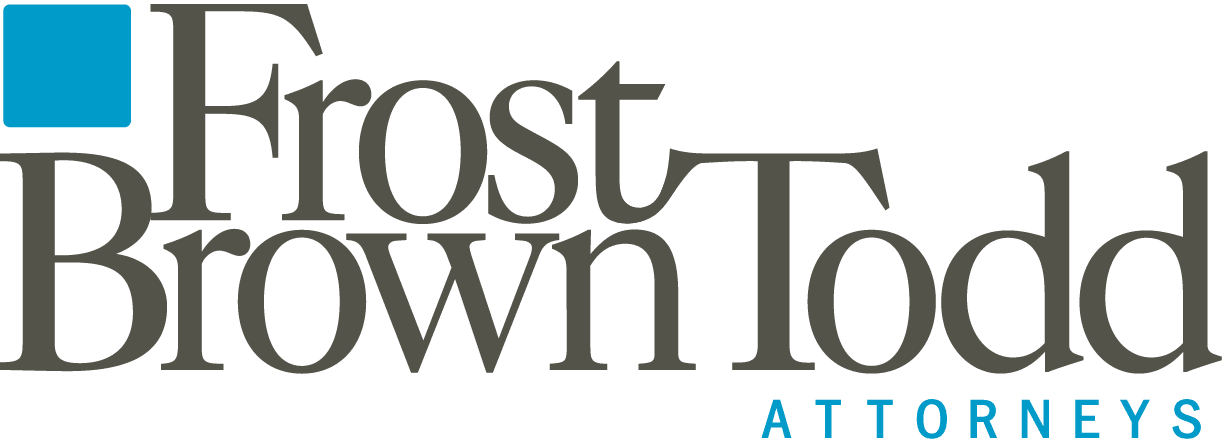Tornado season is again upon us, bringing with it the threat of catastrophic property damage, upended lives, and interrupted businesses—as many multifamily developers and investors know all too well. In a prior post, our team outlined a few helpful tips for handling the insurance and claims process following a casualty event. However, that’s only a piece of the puzzle. Multifamily developers will also need to carefully examine certain key documents to understand their rights and obligations following a casualty event. Here are a few key things to consider when reviewing your purchase agreements, joint venture agreements, and loan documents.
Consideration #1: Have You Taken Title to Your Property Yet?
If you haven’t acquired the property yet, then you should review the purchase and sale agreement (PSA) to determine if there are any casualty provisions in the PSA. These types of provisions can vary from contract to contract; however, here are a few things to keep in mind:
- Determine whether there’s a materiality threshold for terminating the PSA (e.g., does there need to be a specific amount of damage before you’re permitted to terminate the PSA).
- Determine whether an appraisal is needed to assess the loss of value and understand how an appraiser is to be selected.
- Understand any notice requirements to the seller and confirm the deposit return procedures.
- Make sure you understand the mechanics for receiving either a price reduction or an assignment of insurance proceeds following a casualty.
- Evaluate whether the closing date is automatically extended following a casualty event and/or whether there are any specific timeframes to exercise your rights under the PSA.
Consideration #2: Is Your Property Owner Entity Governed by a Joint Venture Agreement?
If you have acquired the property and you partnered with another person or entity, then you should review your governing documents to understand any requirements in connection with a casualty event. Every deal is different, but here are a few things to keep in mind:
- Make sure you understand whether any person is required to advance funds to complete the restoration work if the insurance proceeds are insufficient.
- Determine whether such advances to complete the work are to be treated as loans or capital contributions and consider whether third-party debt could be obtained.
- Determine whether there are any specific timeframes for completing the restoration and whether investor consent is required in connection with any plans, specifications or contractor selections.
- Understand any notice requirements to investors, partners, or guarantors.
- Review whether any restoration obligations are picked up by an equity guaranty agreement provided by the sponsor(s).
- Determine whether the casualty event triggers any removal or repurchase rights and what the applicable time frames are for exercising such rights.
Consideration #3: Did You Obtain Debt Financing to Acquire the Property?
If you used debt financing to acquire the property, then you’re likely subject to a variety of loan documents. The mortgage and/or loan agreement will likely contain specific requirements related to casualty events and how the insurance proceeds are to be used. Here are a few helpful things to keep in mind:
- Make sure you understand the notice requirements to the lender following a casualty event.
- Determine whether you have a right to restore the property as a threshold issue and then determine whether there’s a materiality factor (e.g., will a lender only let you rebuild if you suffered less than a $50k loss).
- Understand whether the insurance proceeds will be held by the lender until completion or if they’ll be made available during the restoration process on a draw-down basis.
- Confirm whether the lender is required to consent to the selected contractor and the plans and specifications and understand any required completion timelines.
- Consider whether a casualty event and the subsequent restoration could cause an unforeseen default down the road (e.g., does rebuilding a damaged property cause the property to lose its legal nonconforming status).
Conclusion
No one wants to suffer a casualty event. Severe storms can result in significant frustration and uncertainty for multifamily housing owners; however, it is crucial that property owners understand the requirements set forth in the documents affecting the property (including, but not limited to, PSAs, joint venture agreements, and/or loan documents).
Frost Brown Todd counsels investors, developers, and other key stakeholders on multifamily housing transactions in states across the country. We stay at the forefront of all critical issues affecting the multifamily housing industry, and we are ready to assist clients with navigating the rapidly changing environment. For more information, please contact the author of this article or any attorney on Frost Brown Todd’s Multifamily Housing industry team.
